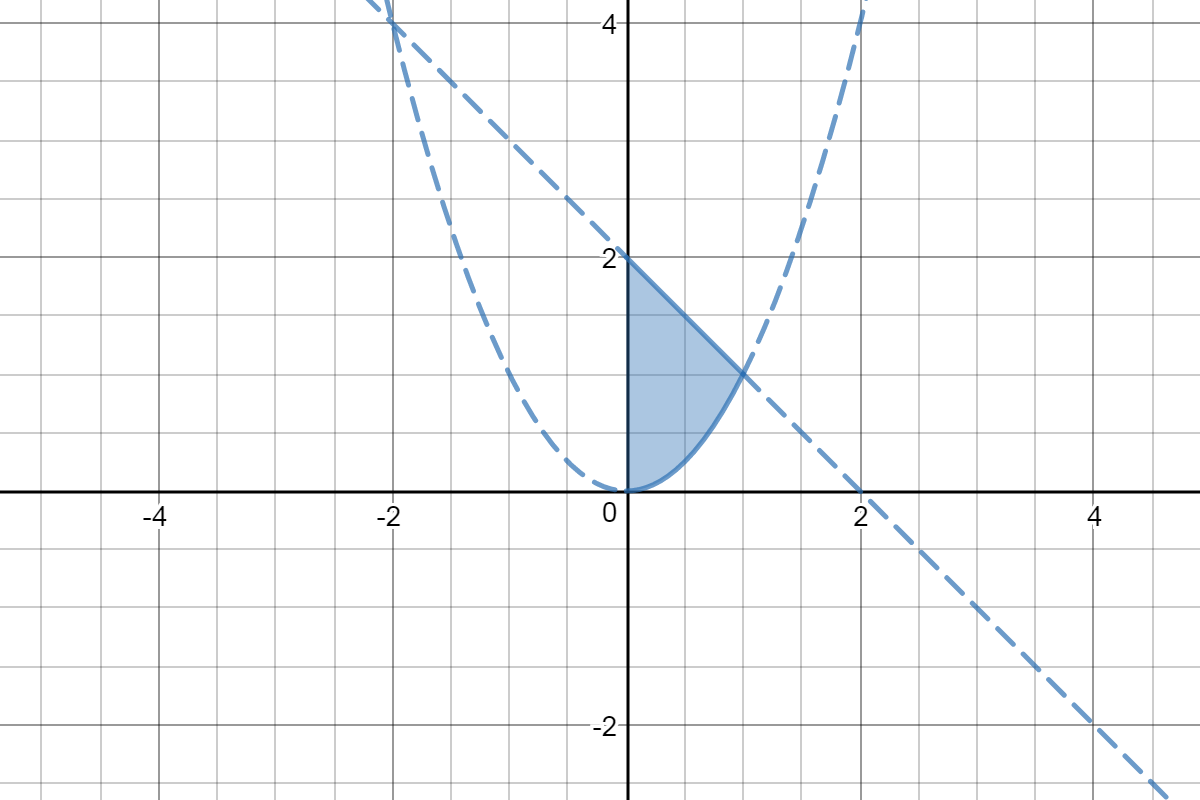Change the order of integration and evaluate?
2 Answers
Below
Explanation:
If you do change you need to split the integration out as:
Whereas:
To change the order of integration, please see below.
Explanation:
The region over which we are integrating is bounded by
Here is the region:

To change the order of integration, we need to re-describe the region.
Apparently
From
From
The function to be integrated is
Please see the other answer for evaluation.


